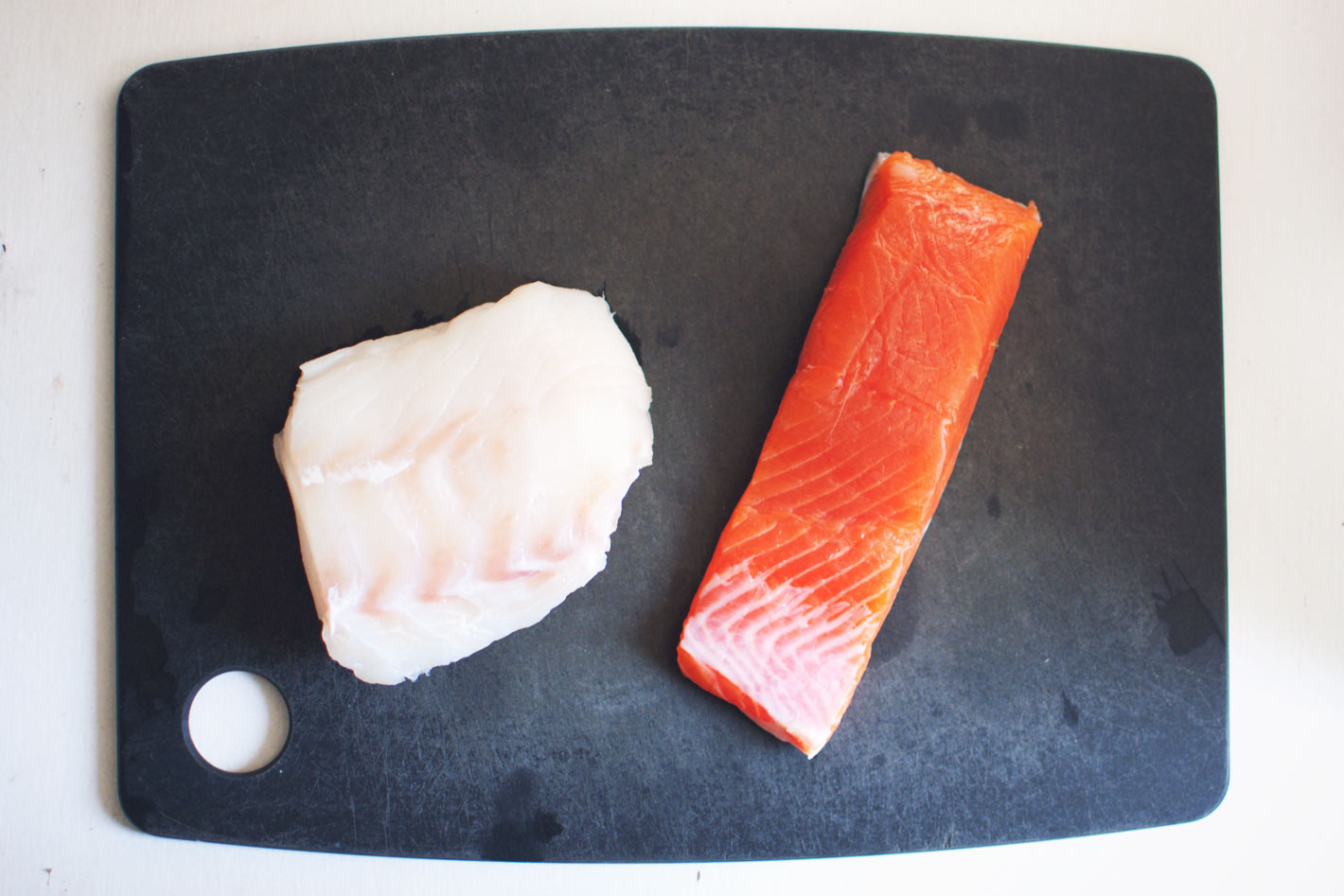
We didn’t grow up eating much fish. It was more of a treat (or a delicacy) that wasn’t on our weekly dinner radar. Assuming it was because of cost, availability, and freshness. However, when my mom did make it, the Wong girls devoured it (like we did everything else). Enjoy these tips and healthy fish recipes.
Growing up and moving away to college, I DID NOT cook seafood for 3 particular reasons:
- I didn’t know how to buy it.
- I didn’t know how to cook it.
- I didn’t think it was easy.
And as a result, I missed out on all of the goodness that seafood has for building a healthy strong body. So today, I dedicate this post to all of those who are intimidated by fish. I’m hoping that with these helpful tips (and recipes), you’ll be inspired to incorporate it into your weekly dinner plans more often.
Why is fish so important for building healthy bodies?
According to one of the most helpful (and reliable) seafood resources, the Monterey Bay Aquarium Seafood Watch, many types of fish and seafood are loaded with healthy fats, called omega-3 fatty acids. This particular fat has been shown to: reduce the risk of cancer, heart disease, and alzheimer’s; support healthy brain power; boost prenatal health; and so much more. It’s a fat that our bodies can’t produce and we must get it from dietary sources.
How much should we eat a week?
We don’t prescribe foods or supplements, but we can suggest that 1-2 servings of a 4oz piece of fish per week is great for adults. Slightly smaller for kids depending on their age and size. (Read up on more here.)
Is there danger in eating fish?
Yes and no, but I wouldn’t call it “danger” (because we don’t believe you should be scared of food). There’s two aspects that we encourage you to think about: 1) your health; and 2) the health of the thing you are eating (without getting overly pretentious).
In regards to your health, some seafood is high in mercury, so you don’t want to consume a whole lot of it at a time. And in regards to the ecosystem, there are endangered species on “the watch list,” which means you want to purchase fish that is in-season and plentiful.
SIDE NOTE: Since bigger fish eat smaller fish, it’s been shown that larger fish are higher in mercury (and other contaminants) than smaller fish. To learn more about the mercury content in different types of fish, click here.
So, how DO YOU shop for fish?
Here are our top 10 TIPS for selecting fish that’s best for YOU and the ECOSYSTEM:
- KNOW WHAT’S IN SEASON by downloading the free POCKET GUIDE from the Monterey Bay Aquarium Seafood Watch website to see what’s in season in your neck of the woods. (Or download the mobile app.)
- ASK THE FISHMONGER at your grocery store, what’s fresh for that day.
- LOOK FOR FIRM, MOIST, BRIGHT fish that doesn’t smell (and yes you can ask the fishmonger if you can smell the fish).
- GO FOR WILD (vs farmed) fish. Not only will the fish taste better, but you will be exposed to less toxins (like PCB’s).
- BUY LOCAL whenever possible.
- CHECK FOR THE MSC (Marine Stewardship Council) logo, which certifies that the fish is from sustainable, wild
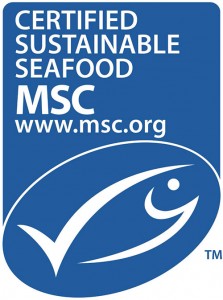 capture fishery.
capture fishery. - DON’T RULE OUT THE FROZEN SECTION if you are on a budget. You may be able to find wild and sustainably caught fish behind the glass doors.
- ASK THE FISH MONGER for cooking tips. They have been extremely helpful to me every time I ask.
- DON’T RULE OUT WHOLE FISH. Most fishmongers will gut and clean them for you.
- COOK SOON within the same or next day for taste and freshness.
Healthy Fish Recipes
Check out the links below for two easy and simple recipes – both take less than 15 minutes to cook!
- How to Cook Fish in Parchment Paper – (Ginger Baked Cod with Bok Choy and Mushrooms)
- The Perfect Piece of Salmon (in under 10 minutes)
Kale. All Day. Err Day.
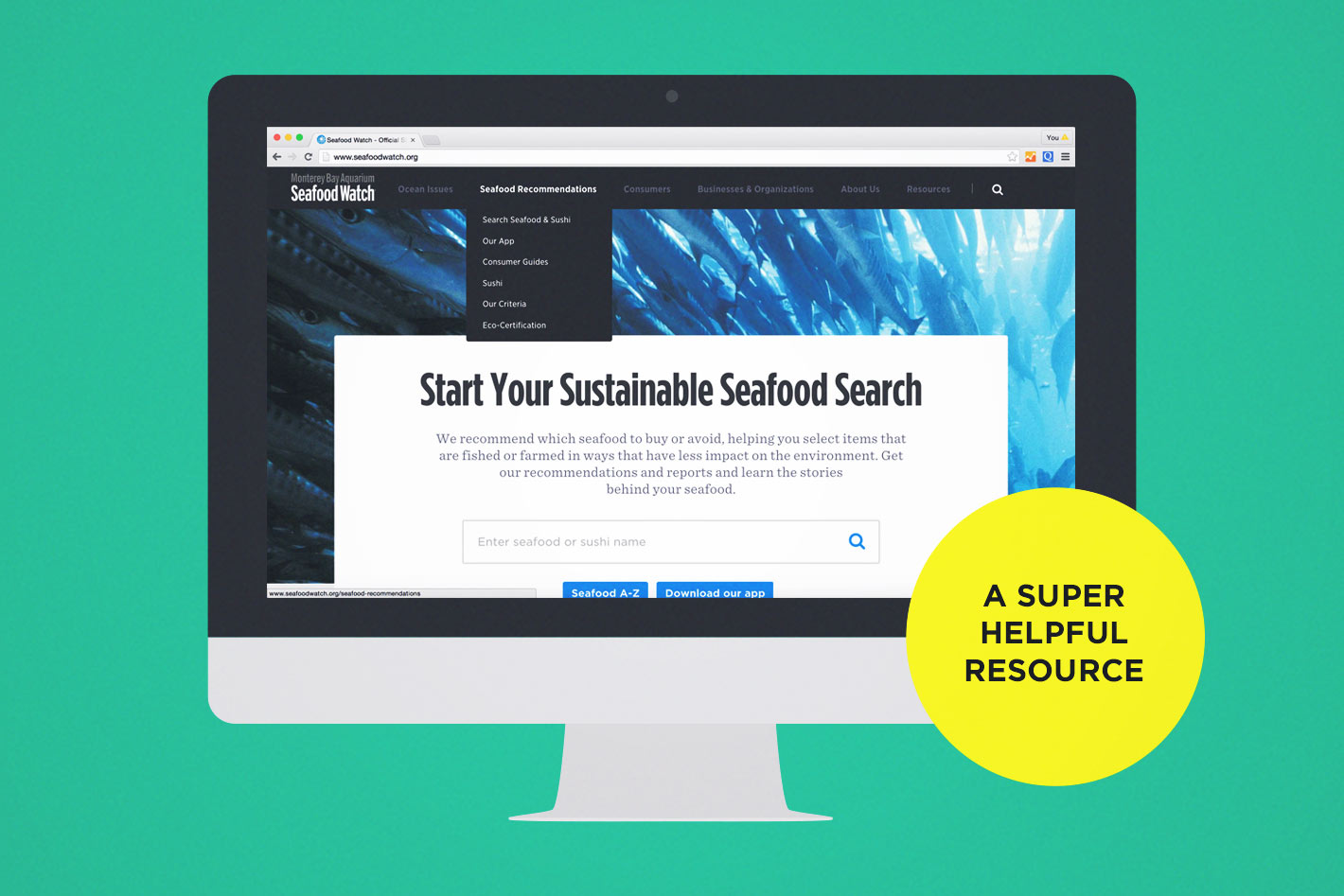
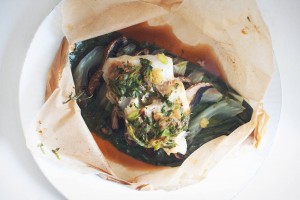
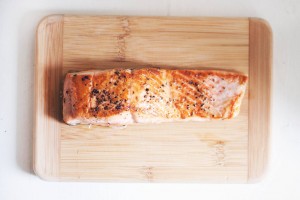
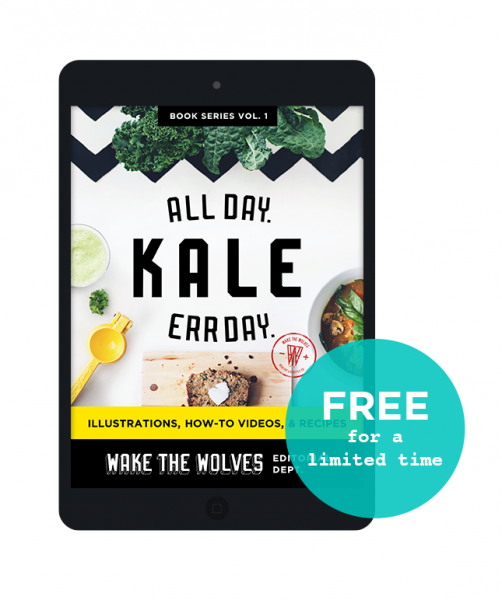
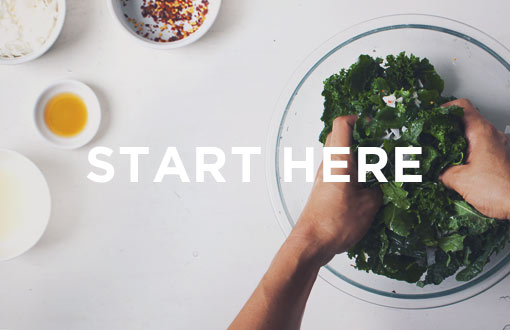






Leave A Reply